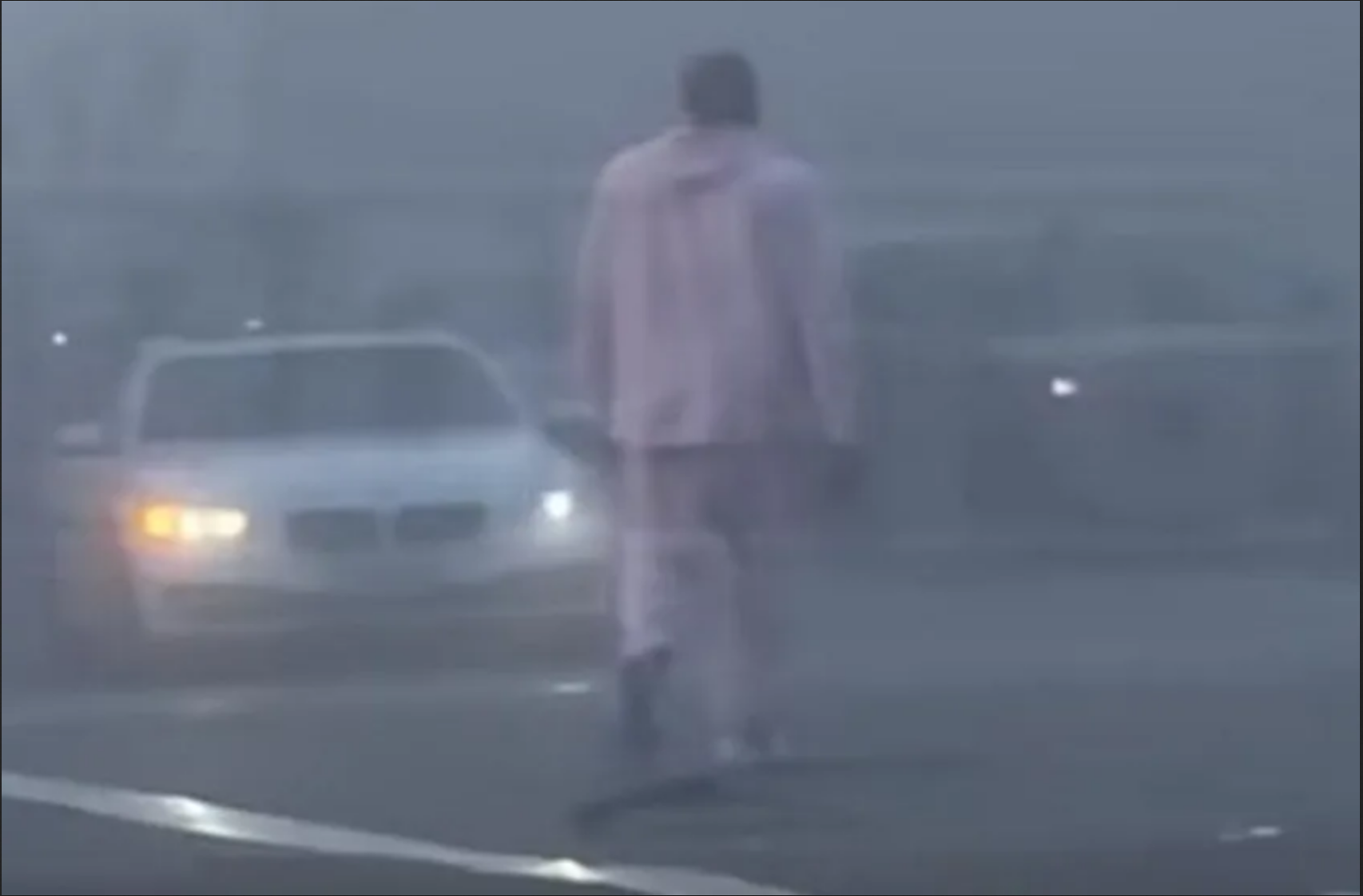By Matt Petrero
Unless you have lived under a rock for the past five years or so, you know that there has been a lot of attention paid to brain injuries in sports. The spotlight not only shines on youth, high school, and college sports, but also on the athletes who get paid to play.
Professional athletes know, and have known forever, that playing sports comes with occupational hazards. Injuries to knees, shoulders, backs, feet, and any other parts of the human anatomy that take excessive contact and/or shock for years leave athletes hobbled from the end of their playing days until they draw their last breath.
However, it is only within the past several years that serious attention has turned to the long term effects of concussions and other brain injuries. For decades, nobody thought twice about getting their “bell rung” in the course of competition. You go to the sideline, take a play off, drink a cup of water, maybe take a sniff of smelling salts, then “cowboy up” and get back in the game.
As medicine has advanced, comprehensive studies have shown that years of blows to the head are not just getting your bell rung, but has long-term permanent consequences on the cognitive health of these athletes.
Two icons in their respective sports, USWNT soccer Hall of Famer, Brandi Chastain and WWE Hall of Famer, Kevin Nash, have stepped forward and offered up their brains for research, posthumously of course. They will donate their gray matter to Boston University’s Chronic Traumatic Encephalopathy Center in hopes of finding a cure and/or prevention of CTE: Chronic Traumatic Encephalopathy.
Chastain, famous for scoring the championship winning penalty kick in the 1999 Women’s World Cup finals against China, has concerns that 40 years of heading the ball during soccer matches has caused her symptoms that could be related to CTE; a degenerative brain disease related to sub-concussive blows to the head. In a piece on cbssports.com, Chastain was quoted as saying
“There are definitely days when I turn a corner and I’m like, ‘Why did I come into this room?’ I have definitely, from time to time, thought, ‘Hmmm, I wonder if this is connected to the past 40 years of playing sports.’ Soccer wasn’t the only thing I played,”
Chastain’s exploits on the field helped pave the way for young girls to follow their soccer dreams. Now, she’s helping pave the way for those same girls to remember those dreams and what they are doing in the moment for the rest of their lives.
Kevin Nash has seen more than his fair share of his colleagues affected by years of blows to the head, a few of which contributed to their suicides.
In one case, former wrestler, Chris Benoit infamously murdered his wife, son, and then took his own life. Examination of his brain showed severe damage due to many years of executing his finishing move; a flying head-butt from the top rope.
Research showed that Benoit had the brain of an 85-year old man exhibiting symptoms of the onset of dementia. Nash himself suspects that the number of concussions he suffered totals in the double digits. While scans of his brain have shown abnormalities, there has been no evidence of brain shrinkage. However, like Chasten, the 56-year-old Nash experienced his share of symptoms brought on by having his bell rung over over his two-and-a-half decade career. He cites becoming more emotional in recent years and experiencing short-term memory loss as a couple of those reasons.
In a piece on TheStashed.com, it was revealed that “Big Sexy”, as Nash was nicknamed in his wrestling days, is donating more than just his brain.
“‘I went ahead and gave my spinal cord and my brain to the study, and I carry a card in my wallet that [says] my brain and spine goes to them. It’s in my will. Of course, my wife’s aware of it,’”
Brandi Chastain and Kevin Nash were heroes to many during their playing days, and that status will be etched in medical history. That’s a good job by them.


